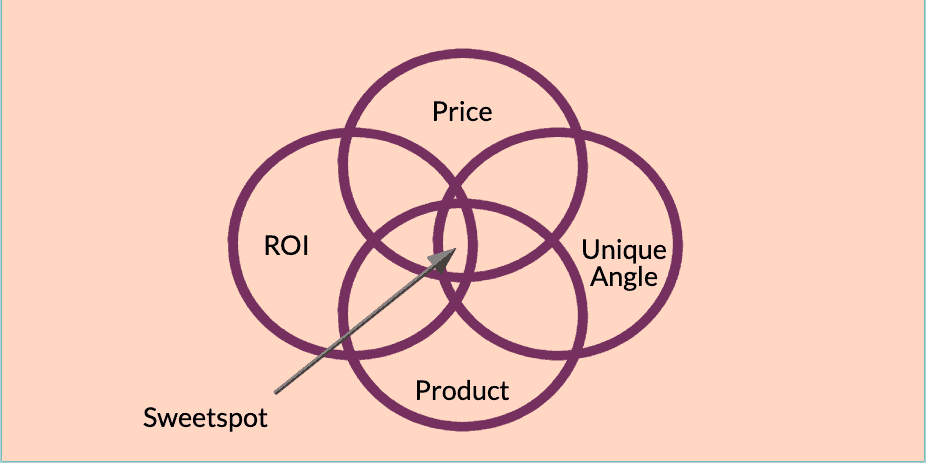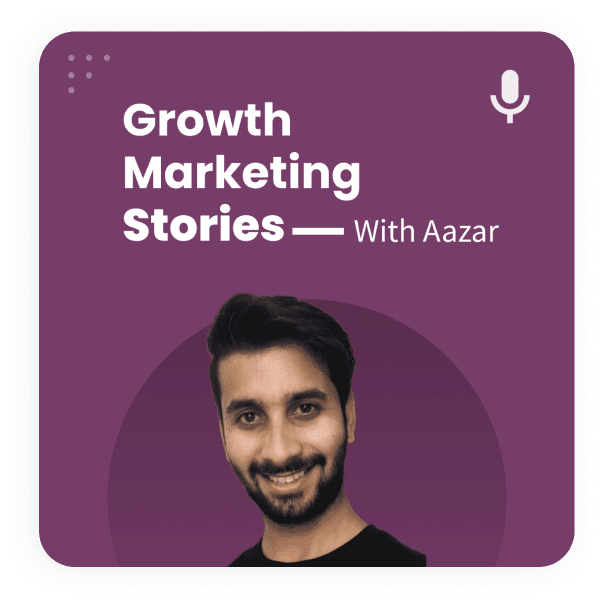Tone’s websiteOn this show, Blake Imperl shared his frameworks and ideas to run agency partnerships.
More importantly, how he started his growth initiative with agencies without any brand.
We discussed:
3:34 – About Blake & his story
5:52 – Tone’s story on running agency partnership
9:58 – How did Blake create an outbound plan?
13.53 – Why did he go for doing things that don’t scale
15:07 – Blake’s agency partnership framework
20:08 – What agencies really care about?
23:44 – What happens after signing a contract and showing a demo?
29:57 – I created a framework after listening to his content for agency partnership
Supported by Oribi.io – Oribi is a new Google analytics alternative for marketing teams. With Google Analytics, you still need to set it up, run a data studio and ask developers for help. Oribi automatically does that and tracks events without compromising on privacy. You can find attribution and user journey much more comfortably. I wrote a review about Oribi for you to further dive into it. Get 20% off with Oribi.io with the code “gms”.
Links
- Blake’s LinkedIn Profile
- Tone’s website
- Blake mentioned the Delivery Value Course by Andrew Capland (I took it too, I highly recommend it)
Please leave a review for the podcast if you are a regular listener.
Subscribe to the newsletter to get exclusive podcast notes and mindset-changing growth marketing mental models and stories in your inbox.
Blake’s Story
How do you launch an agency partnership with:
- No company brand
- No personal brand
- No network
- When you never tried this channel
Blake Imperl was facing the same brand & positioning problem when he joined to start with agency partnerships – Tone Messaging. It’s an SMS Marketing SaaS for a D2C market.
The struggle was real.
He was competing against giants like Klaviyo, Postscript & Attentive.
These companies have a brand, great products & unlimited resources to offer to agencies.
But you know that when human minds deal with constraints. And constraints lead to creativity.
So, how did Blake figure it out?
He first made the 30-60-90 days plan after learning from Delivering Value course.
He found the Unique Value Proposition of Tone that nobody was offering.
That is the two-ways customer services
And then offered white-label customer services for big D2C brands & told agencies to tell their customers that they would handle it. But in reality, it was managed by Tone’s team.
This seems good but the reason why he was able to break through the clutter is that he offered the ROI.
He showed the agency the ROI ➡️ the agency shows ROI to the client ➡️ the client was happy.
Boom 💥 – he figured out how to grow the agency partnership model.
So, how did he find those agencies & reached out to them?
- Klaviyo, Postscript & Attentive’s Database
- Vocal LinkedIn agency owners
Did he try to sell them on LI?
No, na-uh!
He started connecting & used his content for folks to reach out to him.
He has this framework:
- Education
- Evangelism
- Enablement
Education: Keep teaching them about features, benefits, and jobs-to-be-done to your partners.
Evangelism: Develop partners who believe so strongly in your product or service that they freely try to convince others to buy and use it.
Enablement: Use content creation, content promotion, sales communication, and content analytics to offer all resources to your partners for them to be successful.
Result?
People started reaching out to learn more about Tone.
So I wanted to know – what do agencies really care about?
Blake says,
“I think it will vary from agency to agency. But I can tell you the overwhelming majority of them are going to want to increase their clients. ROI, it’d be like a big, I made you this much more money and we’re doing so much. And you know, and not only ROI, but like we’re extending the lifetime value.“
So, here’s my framework after talking to Blake about agency partnerships.
Product X Price x ROI x Unique Angle or Status = 🚀
💡Your product has to be differentiated.
💡Your pricing has to make sense. It has to be above $3000 ACV.
💡You should be able to show the ROI.
💡You need a unique angle or status. Blake had an agency background (status) and the angle was that their product could do what Attentive couldn’t. He also offered Whitelabel services on top.

Social Clips
Some really thoughtful answers by Blake Imperl.
How To Approach Big Agency Owners & Popular Folks Like Nik Sharma?
What Do Agencies Really Care About?


